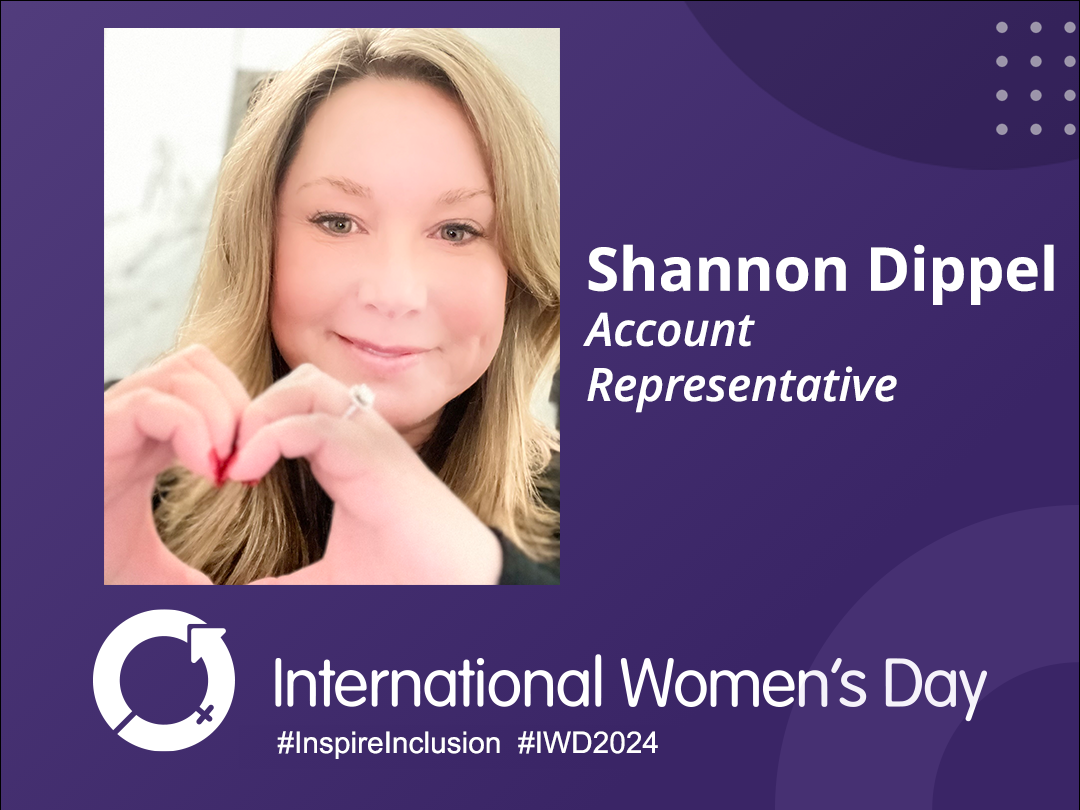If a spill happens at your facility are you prepared to handle it properly? Heritage Vice President Angie Martin, PE, CHMM, has broken spill response down into three distinct sections; what you can do before a spill occurs, what to do while a spill is happening, and what to do after the spill. While this list is not comprehensive (checking with state and local authorities is paramount) it is a good starting point for your Spill Response Preparation. Being fully prepared for any ER situation is the first and best step you can take to help mitigate risk to human health and the environment.
Before a Spill
There are several precautions/preparations you should have in place at all times. Doing so will help to minimize the risk for spills and the negative impact should a spill occur. These include:
1) Inventory your petroleum and hazardous materials. Knowing what materials you have at any given time will increase efficiency in case of a spill.
2) Complete any regulatory required spill plans (Contingency Plan, SPCC Plan, RMP, FRP, etc.) and know where to access them.
3) Notify Local Emergency Planning Committees (LEPC) in Tier II as necessary.
4) Inventory, purchase, and inspect spill control equipment.
5) Train employees as needed (Hazardous Waste Operations and Emergency Response [HAZWOPER], RCRA, DOT, Confined Space, SPCC, etc.)
6) Conduct drills. Drills are imperative when it comes to spill preparedness. Remember, much of the world learns best through action, ensuring that all pertinent employees know how to respond in a spill situation will best protect everyone.
7) Contract with emergency responders. Have someone in place that can help you if a spill gets out of hand.
During a Spill
What if the worst has happened and your company is experiencing a spill right now? Start with these steps:
1) Safely identify and stop the source.
2) Notify appropriate authorities (National Response Center [NRC], LEPC, state environmental agency, local fire department, etc.)
3) Call your contract ER provider to request help or put them on notice.
4) Clean up the spill.
After a Spill
You’re through the worst of it but there are still some things to take care of.
1) Dispose of collected materials.
2) Replace any spill response inventory that was utilized in clean-up.
3) After action review. Analyze what happened during the spill. How did you respond? What went well? What needs improvement?
4) Amend plans as necessary. Think about anything that could have gone better and incorporate solutions in your spill plan.
More News From Heritage
-
6/27/24
Heritage Environmental Services to Acquire EBV from General Dynamics
Heritage Environmental Servicess, an EQT Infrastructure portfolio company, will acquire EBV from General Dynamics
-
6/13/24
Meet The Facilities – East Liverpool
An inside look at our incineration facility located in East Liverpool, OH
-
5/24/24
Habitat for Humanity 2024
Heritage hosted our 14th annual Habitat for Humanity build this month, partnering with over 50 employees from various THG companies.
-
5/6/24
Date set for the household hazardous waste collection in East Liverpool, Ohio
-
3/12/24
Equal Pay Day – Spotlighting Our Female Drivers
-
3/8/24
International Women’s Week Spotlight – Shannon Dippel
For International Women's Week, we're spotlighting some of the incredible women in the Heritage family. Our final spotlight is Shannon Dippel.
-
3/8/24
International Women’s Week Spotlight – Susan Adams
For International Women's Week, we're spotlighting some of the incredible women in the Heritage family. Our sixth spotlight is Susan Adams.
-
3/7/24
International Women’s Week Spotlight – Lea Wilson
For International Women's Week, we're spotlighting some of the incredible women in the Heritage family. Our fifth spotlight is Lea Wilson








